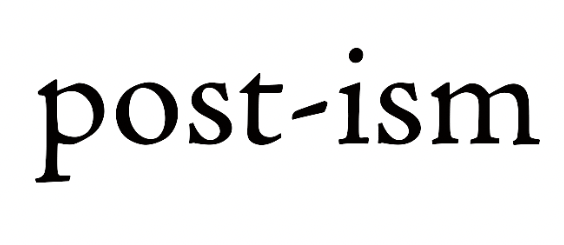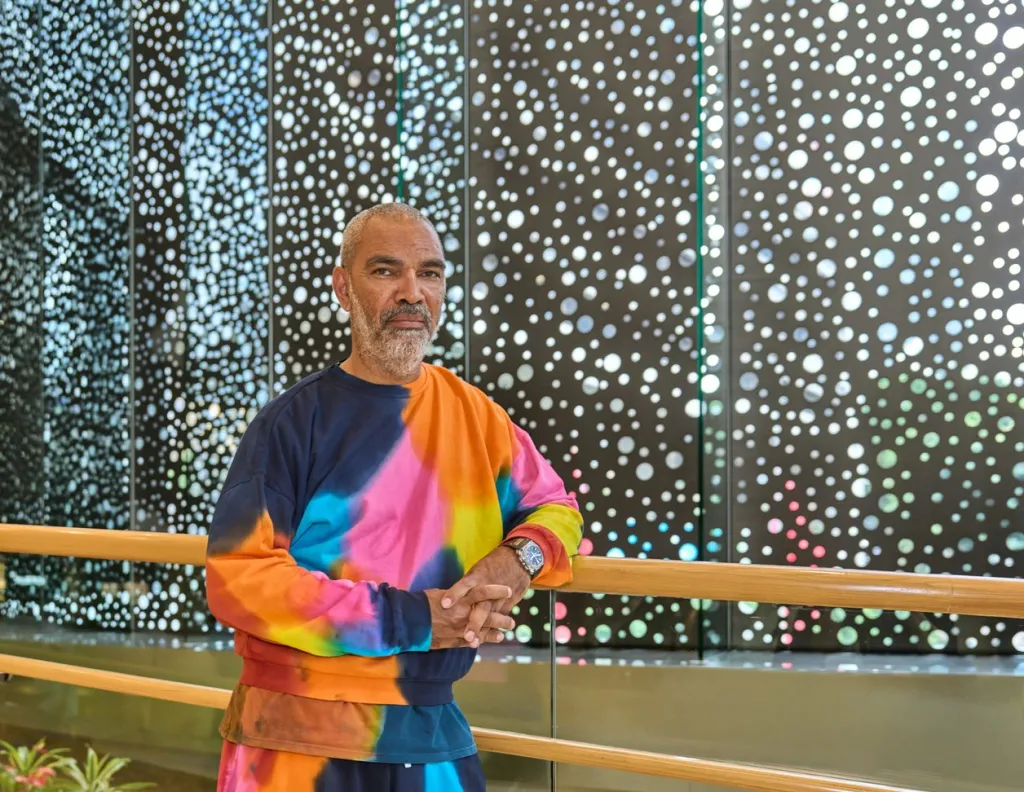Text published on ocula

For two decades, artist Michaël Borremans has been confounding—and captivating—audiences with his enigmatic paintings. Trained as a draughtsman and engraver at Luca School of Arts in Ghent, followed by several years of photography, it was only after a sabbatical from teaching at the age of 33 that Borremans (b. 1963) started to paint. Today, the Belgian painter and filmmaker is one of the most renowned and sought after contemporary artists of his generation. His moody staged portraits, charged with psychological tension and suspense, are testament to the enduring medium of painting.
Like characters in a Samuel Beckett play the figures inhabiting Borremans’ paintings appear to be waiting for something to happen or carrying out activities that are senseless or absurd, often in an anonymous environment bearing little detail. His figures are more like still lifes: posed, passive and frozen in gestures that perplex. Figures are caught in a purgatory of repetitive action, trapped in their solitude in bodies that are restricted, unable to move or, in some cases, incomplete. Absence is both emotional and physical in Borremans’ paintings. Heads, fingers and limbs are at times missing—such as the decapitated female figure in The Loan (2011), or the limbless Torso (2009)—like ancient Greek statues. His paintings are like fragments of half-remembered dreams. The faces of Borremans’ subjects are concealed or look away from the viewer; in The Virgin (2013), a young girl stands, half-facing the viewer, arms stretched out in supplication, while in The Angel (2013), a tall woman stands in an old-fashioned pale pink dress, looks impassively down, her blonde hair pulled back and her face covered in black paint. In The Devil’s Dress (2011)—a painting that references Edouard Manet’s Dead Toreador (1864)—a female figure lies on the ground cocooned and obscured in a red polygonal cardboard cylinder, as if lying on a stage.
Indeed, there is as strong a technical and formal foundation to Borremans’ paintings that demonstrates a use of and respect for the historical weight of painting. Canvases are loosely painted with brushstrokes that draw attention to themselves in a palette of shadows and earth, lending the works a patina of nostalgia and melancholia. They reference the tradition of Diego Velázquez—an artist Borremans has cited as an influence—and often the violence of Francisco de Goya, like the ‘Black Mould’ series (2015). In these works, sinister-looking figures with heads shrouded or in black hoods—standing alone or in groups—are frozen like puppets in ritualistic and manic movements, engaging in anal sex or burning limbs. This theatre of grotesquery taps into the collective unconscious’ drip feed of symbols and iconography, hinting at religious extremism, Ku Klux Klansmen, or the torture of prisoners at Abu Ghraib.
The artist uses found images or photographs the scene he wishes to paint, setting up the model, props and background—like Vermeer who used a ‘camera obscura’—arranging lighting and composition so that it is painting-ready. Despite their photographic source his works are perhaps more accurately described as unsettling psychological or emotional imprints than figurative paintings, for his figures are neither based wholly in reality nor of this world. The remainder of the painting is carried out intuitively to create scenarios that defy explanation and remain ambiguous, conjuring an atmosphere outside time and outside the linear.
Work by Michaël Borremans is held in public collections internationally, including the Art Institute of Chicago; Dallas Museum of Art; High Museum of Art, Atlanta, Georgia; The Israel Museum, Jerusalem; Musée d’Art moderne de la Ville de Paris; The Museum of Contemporary Art, Los Angeles; Museum of Fine Arts, Boston; The Museum of Modern Art, New York; National Gallery of Canada, Ottawa; San Francisco Museum of Modern Art; Stedelijk Museum voor Actuele Kunst (S.M.A.K.), Ghent; and the Walker Art Center, Minneapolis, Minnesota. Borremans lives and works in Ghent.









Leave a comment